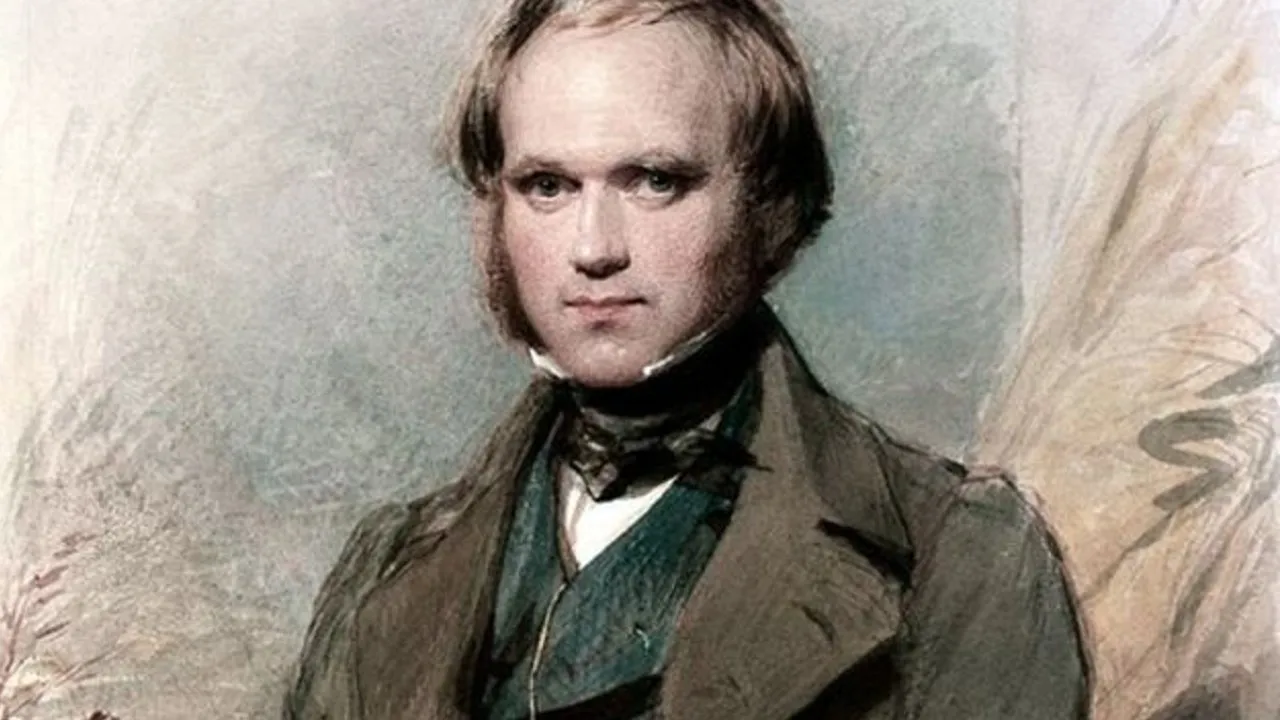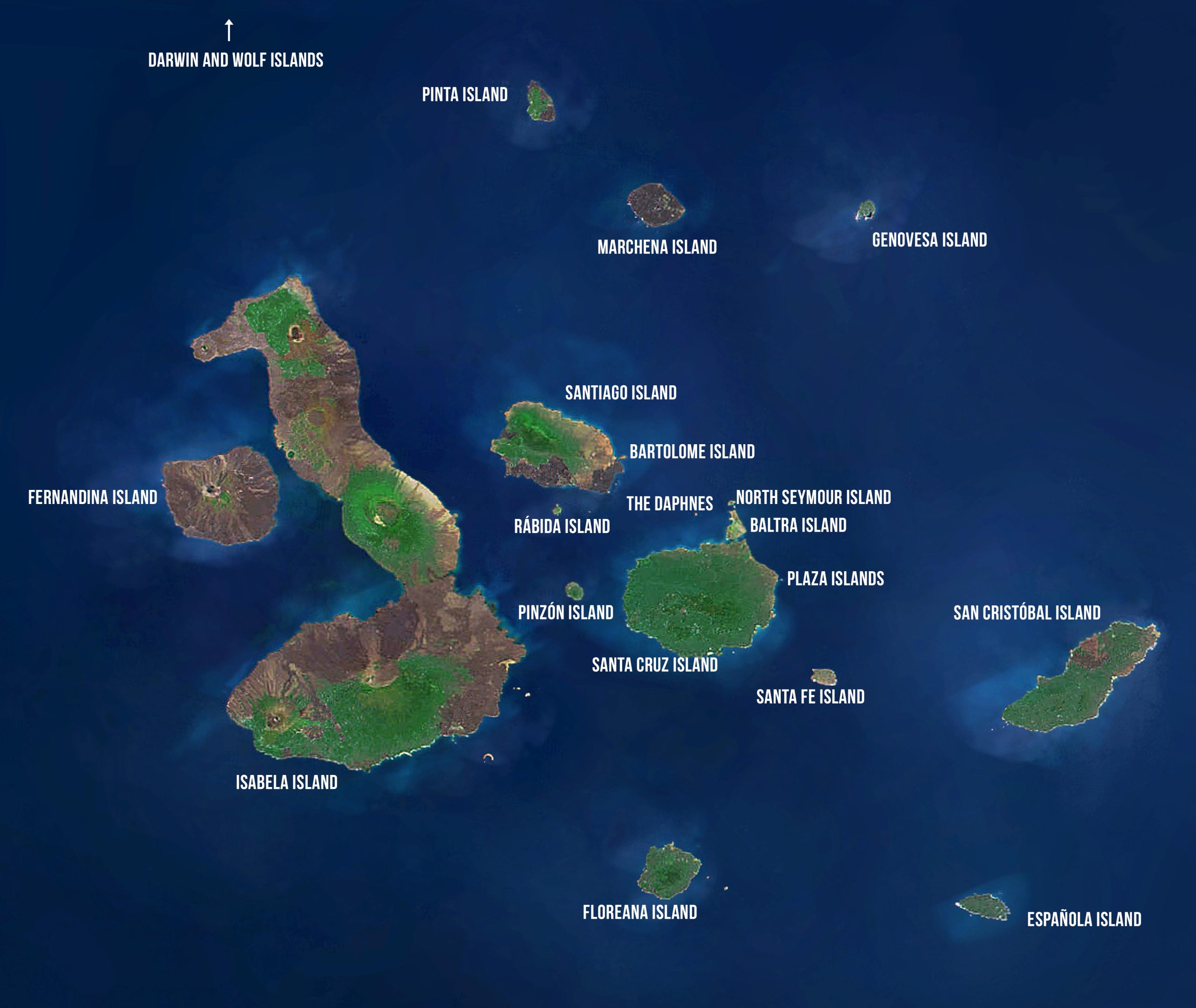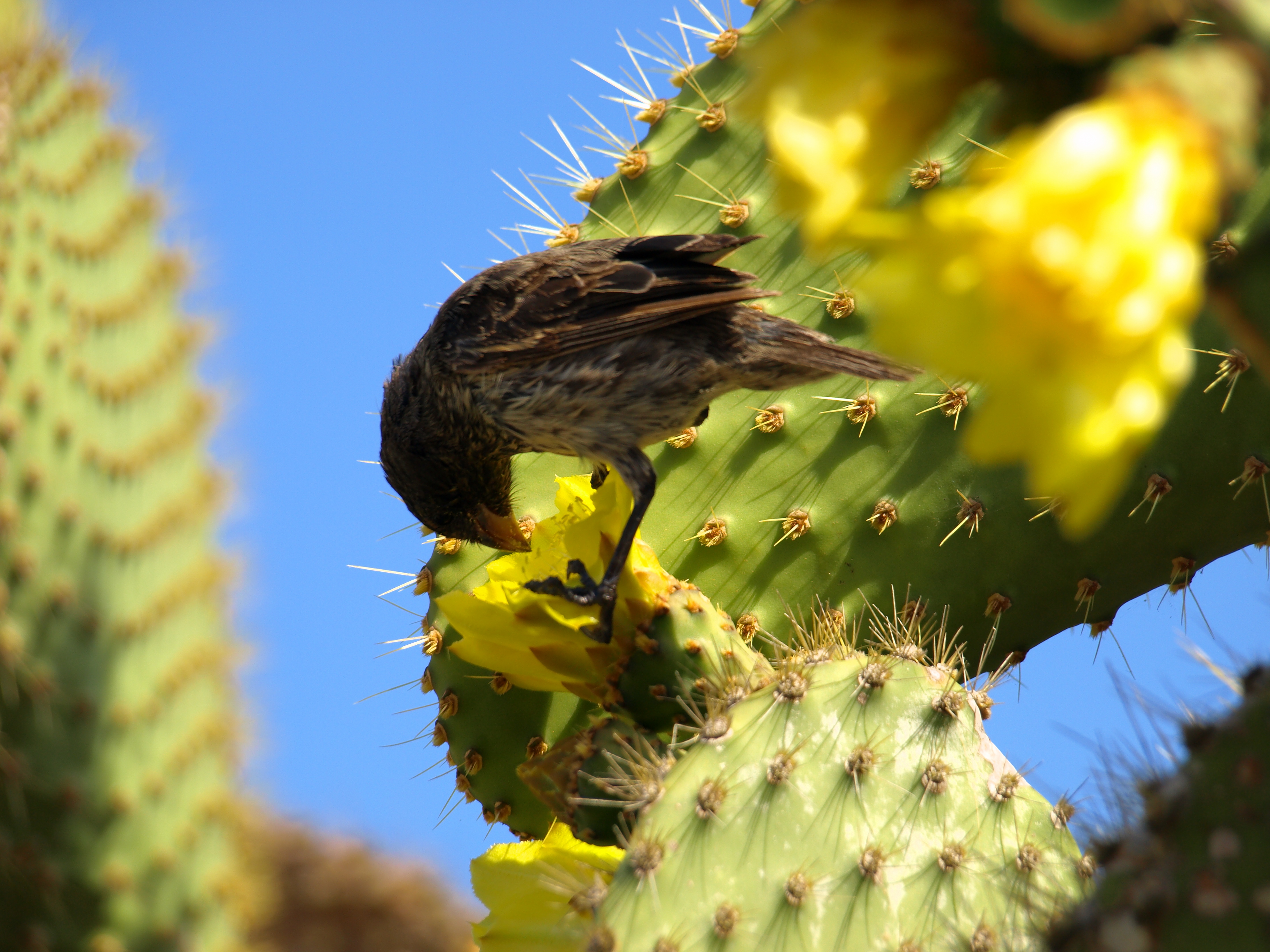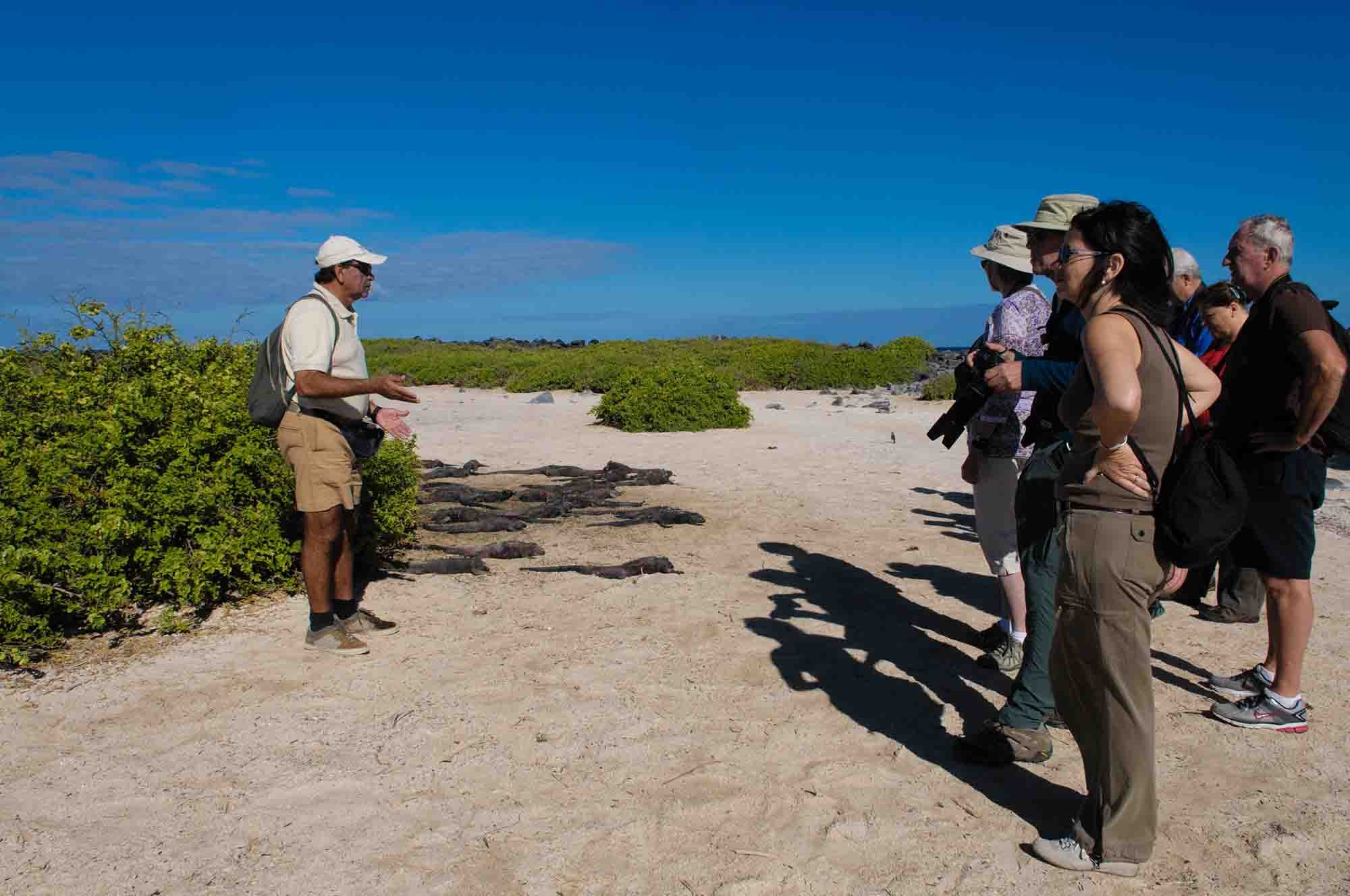Charles Darwin - The Origin Of Species
Are you curious about how species evolve over time? Charles Darwin’s “The Origin of Species” offers a groundbreaking theory. This blog will guide you through his journey, discoveries, and lasting impact.
Charles Darwin's Early Life and Background
Charles Darwin grew up in a well-off family. He showed interest in nature and science from a young age.
Opportunities for exploration and study
Charles Robert Darwin was born on February 12, 1809. His family had a strong focus on science and medicine. His grandfather, Dr. Erasmus Darwin, was a famous botanist.
His father, Dr. Robert W. Darwin, worked as a medical doctor. This background gave Charles an early interest in the natural world.
The love for all living creatures is the most noble attribute of man. – Charles Darwin
Darwin’s privileged family life allowed him to explore and study nature deeply from a young age.

Family background
Darwin grew up wealthy. His family supported his love for nature. He explored the outdoors often, collecting plants and insects.
He studied at Cambridge University before joining the HMS Beagle. There, he took courses in botany and zoology. These subjects prepared him for his future work as a naturalist. This academic background helped him make important discoveries on his voyage.
Darwin's Voyage on the HMS Beagle
Darwin joined the HMS Beagle for a five-year journey. During this trip, he made key observations about nature and animals.
Purpose of the voyage
The voyage of the HMS Beagle had a clear purpose. The ship aimed to map the coastlines of South America. This work would help British sailors navigate better and safer.
Darwin’s role was different but important. He served as a naturalist, studying plants and animals. His work added to scientific research on biological diversity and evolution.
A naturalist’s life would be a happy one if he had only to observe and never act. – Charles Darwin
Stops and observations made
Charles Darwin traveled on the HMS Beagle. He made many stops and observations.
- San Cristóbal Island (September 15-23, 1835):
- Noted Mount Pitt.
- Collected plant specimens.
- Floreana Island (September 24-28, 1835):
- Explored an Ecuadorian penal colony.
- Gathered various specimens.
- Isabela Island (September 28-October 4, 1835):
- Observed marine iguanas.
- James Island (October 8-17, 1835):
- Continued exploring.
- Collected more specimens.
These stops helped Darwin with his studies on evolution and natural selection.

The Galapagos Islands and Darwin's Observations
Darwin was amazed by the unique creatures on the Galapagos Islands. He noticed how animals adapted to their environment.
Unique creatures and their adaptations
Darwin explored many islands in the Galapagos. On San Cristóbal, Floreana, Isabela, and James Islands, he found different species living on each island. These animals had special traits to help them survive.
On these islands, Darwin saw finches with different beak shapes. Each shape was perfect for eating certain foods like seeds or insects. This showed how animals change over time to fit their environment.
Study of finches and their significance
Darwin observed 13 types of finches on the Galapagos Islands. These birds had different beaks and sizes. Each type fit its food source and environment perfectly.
The differences in the finches’ beaks suggested that they all came from one species. Over time, they evolved to adapt to their surroundings. This observation was key to Darwin’s idea of natural selection.

Darwin's Publication of "On The Origin of Species"
Darwin’s book changed how people viewed life on Earth. It introduced the idea that species change over time through natural selection.
Impact on scientific perspectives
Darwin’s publication of “On The Origin of Species” in 1859 changed how scientists view life. It introduced the idea that species evolve over time through natural selection. This book showed that living creatures adapt to their environment, leading to biological diversity.
Scientists started looking for more evidence of species adaptation and genetic variation. They observed endemism, where certain plants and animals are unique to specific places like the Galapagos Islands.
Darwin’s findings on finches’ beak shapes highlighted this concept well, showing different structures evolving for survival needs.

Endemism and evidence of species adaptation
Darwin’s observations didn’t just change views on science. They showed how species adapt over time in isolation. On the Galapagos Islands, he found many unique species. These animals lived only there and nowhere else.
Endemic species were key to Darwin’s arguments. For example, finches on different islands had different beaks. Each beak fit well with the food available on that island. This was clear evidence of adaptation through natural selection and survival of the fittest.
Darwin's observations on the gradation of structure among finches
Darwin observed thirteen species of finches on the Galapagos Islands. He noticed differences in their beaks and sizes. These changes depended on what they ate and where they lived.
Some finches had thick beaks to crack nuts, while others had thin ones for catching insects.
These birds came from a single ancestor but adapted to different environments. This idea helped Darwin develop his theory of natural selection. The study of these finches showed how species change over time to survive better in their habitats.
Darwin's Legacy and Influence on Tourism in the Galapagos
Tourists can follow Darwin’s path through adventure tours in the Galapagos. These tours provide a mix of history and wildlife exploration.
- Galapagos Wildlife Tours: Visitors get to see unique animals like giant tortoises and marine iguanas.
- Historical Tours in the Galapagos: Guides share stories about Darwin’s findings and their impact on science.
- Galapagos Natural History Tours: Learn about the islands’ past and how they shaped Darwin’s ideas.
- Galapagos Expedition Cruises: Explore multiple islands while enjoying comfort on a cruise ship.
- Island-Hopping Tours: Visit different islands just like Darwin did during his voyage.
- Evolution and the Galapagos: See how species have adapted to their environment.
- Adventure Tours in the Galapagos: Hike, snorkel, and explore clear waters full of diverse marine life.
- Conservation Tours: Understand efforts to protect this unique ecosystem.
- Contact Information for Experts:

Darwin’s work changed how we see nature. His journey on the Beagle and studies in the Galapagos shaped his Theory of Evolution. Today, his legacy attracts many to explore these islands.
Darwin showed us that life adapts and changes over time. His ideas still inspire science lovers everywhere.
Frequently Asked Questions
“The Origin of Species” explains how species evolve over time through natural selection.
Charles Darwin, a British naturalist, wrote “The Origin of Species.”
“The Origin of Species” was first published in 1859.
“The Origin of Species” changed how we understand the development and evolution of life on Earth.